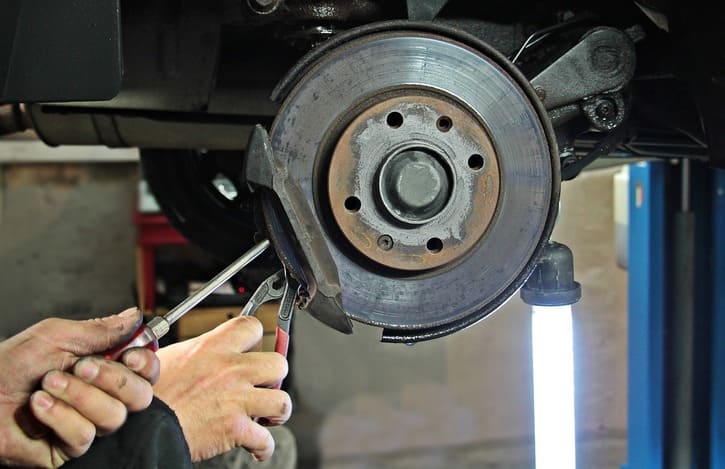In today’s economic climate, many car owners are seeking alternative methods to make the most of their old vehicles. One such avenue gaining popularity is DIY car scrapping. With a bit of knowledge and the right tools, dismantling your car for scrap can be a rewarding endeavour, both financially and environmentally. However, safety should always be a top priority when undertaking such a task. In this guide, we’ll walk you through the process of dismantling your vehicle safely, step by step.
- Preparation is Key
Before you even lift a wrench, it’s essential to prepare yourself and your workspace. Start by gathering all the necessary tools and safety equipment. This includes gloves, safety goggles, sturdy footwear, and a set of basic hand tools such as wrenches, screwdrivers, and pliers. Additionally, make sure you have a clear and well-lit workspace free from clutter and hazards.
- Drain Fluids
The first step in dismantling your car is to drain all fluids properly. This includes engine oil, coolant, transmission fluid, and brake fluid. Failure to do so can result in spills and environmental contamination. Refer to your vehicle’s manual for specific instructions on how to safely drain each fluid type. Be sure to have appropriate containers on hand to collect and dispose of the fluids properly.
- Remove Batteries and Wheels
Next, remove the car battery and wheels. Disconnect the negative terminal first to avoid accidental electrical shocks. Once the battery is removed, carefully take off the wheels using a jack and lug wrench. Secure the wheels in a safe location away from your workspace to prevent accidents.
- Salvage Valuable Components
Now comes the fun part – salvaging valuable components from your vehicle. Start by removing any easily accessible parts that are in good condition and could be sold or reused. This may include the alternator, starter motor, headlights, and interior trim pieces. Take care to label and store each component properly to avoid confusion later on.
- Dismantle Larger Components
With the valuable components removed, it’s time to tackle the larger parts of the vehicle. Begin by disconnecting and removing the exhaust system, followed by the drivetrain components such as the engine and transmission. Use proper lifting equipment and follow safety guidelines to avoid injury during this process. Consider enlisting the help of a friend for heavier components.
- Strip Down the Interior
Once the major mechanical components are out of the way, turn your attention to the interior of the vehicle. Remove seats, carpets, door panels, and any other interior trim pieces. These items can often be sold separately for a decent price, so take care not to damage them during removal.
- Separate Metals
As you dismantle your car, separate the various metals for recycling. Ferrous metals such as steel can be separated from non-ferrous metals like aluminium and copper. Many scrapyards pay a higher price for clean, sorted metal, so taking the time to separate them can pay off in the long run.
- Dispose of Hazardous Materials Properly
Finally, dispose of any hazardous materials such as airbags, seatbelt pre-tensioners, and tyres responsibly. These items require special handling and should not be simply thrown away with the rest of the scrap. Check with your local recycling centre or scrapyard for guidance on how to dispose of these items safely and legally.
Final words…
DIY car scrapping can be a rewarding endeavour, but it’s essential to approach it with caution and respect for safety guidelines. By following the steps outlined in this guide and prioritising safety at every stage, you can dismantle your vehicle safely and responsibly. Not only will you save money on professional dismantling services, but you’ll also be doing your part to reduce waste and protect the environment. So roll up your sleeves, grab your tools, and get ready to turn that old car into cash – safely and sustainably.






